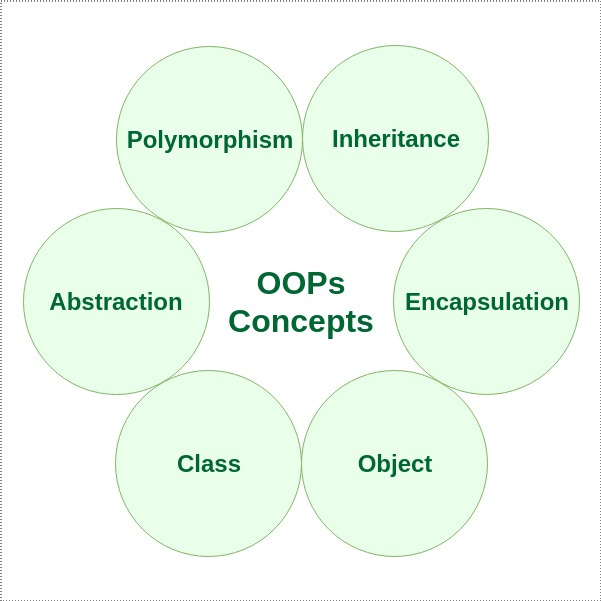Understanding Object-Oriented Programming and Its Fundamentals
In the world of software development, Object-Oriented Programming (OOP) stands as one of the most influential and widely adopted paradigms. OOP offers a structured approach to designing and building complex software systems by organizing code around objects, which are instances of classes. This article delves into the fundamentals of Object-Oriented Programming, its core concepts, and its significance in modern software development.
1. Introduction to Object-Oriented Programming: Object-Oriented Programming is a programming paradigm that focuses on structuring code around the concept of objects. An object is a self-contained unit that encapsulates data and behavior, allowing for modular and maintainable code. OOP promotes the development of reusable, modular, and easily comprehensible software systems.
2. Core Concepts of Object-Oriented Programming:
2.1 Classes and Objects: In OOP, a class is a blueprint or template for creating objects. It defines the properties (attributes) and behaviors (methods) that the objects created from the class will have. Objects are instances of classes, and each object can have its own unique set of attribute values while sharing the same methods defined in the class.
2.2 Encapsulation: Encapsulation refers to the practice of bundling data (attributes) and methods that operate on that data within a single unit (an object or class). This principle ensures that the internal details of an object are hidden from the outside world, promoting information hiding and data protection. Access to an object's attributes and methods is controlled through well-defined interfaces.
2.3 Inheritance: Inheritance allows one class (subclass or derived class) to inherit attributes and methods from another class (superclass or base class). This mechanism promotes code reusability and the creation of hierarchies where subclasses can extend or specialize the behavior of their parent classes.
2.4 Polymorphism: Polymorphism enables objects of different classes to be treated as objects of a common superclass. It allows for the implementation of different behaviors based on the specific type of object. This concept is often realized through method overriding and interfaces, facilitating dynamic and flexible code.
3. Benefits of Object-Oriented Programming:
3.1 Reusability: OOP encourages the creation of reusable code components through the concept of classes and objects. This reusability saves development time and effort and leads to more efficient and maintainable codebases.
3.2 Modularity: The modular nature of OOP simplifies the software development process by breaking down complex systems into smaller, manageable components (objects). Each object can be developed, tested, and maintained independently, enhancing code organization and collaboration.
3.3 Maintainability: The encapsulation of data and behavior within objects facilitates maintenance tasks. Changes made to one part of the code do not necessarily affect other parts, reducing the risk of unintended consequences and making it easier to troubleshoot and update the system.
3.4 Scalability: OOP supports the growth of software systems as new classes and objects can be added without necessarily impacting existing code. This scalability is vital for adapting to evolving requirements and business needs.
4. Common Object-Oriented Programming Languages: Several programming languages have embraced the principles of OOP, including:
Java
C++
Python
C#
Ruby
PHP
Swift
Kotlin
5. Conclusion: Object-Oriented Programming is a powerful paradigm that has revolutionized the way software is developed. Its core principles of classes, objects, encapsulation, inheritance, and polymorphism provide a structured framework for building maintainable, modular, and efficient software systems. By emphasizing reusability and modularity, OOP enables developers to create codebases that are both adaptable and


